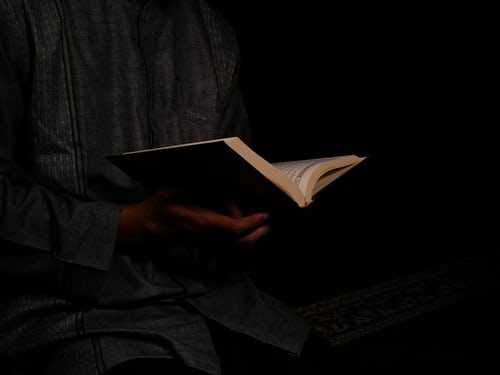Inspiring Older Readers
 posted on 25 May 2018
posted on 25 May 2018
Reflections on Jay McInerney’s Brightness Falls
For the third time in as many years I tried to read W M Thackeray’s Vanity Fair. I got almost half-way through before I reluctantly admitted defeat – much, much further than ever before. I was prompted in this by reading John Carey’s introduction to the novel, in which he claims that alone of the Victorian novels it deserves to stand alongside Tolstoy’s War and Peace. Personally, I still don’t see this – but I think I understand why he makes this claim.
Vanity Fair was published in installments during the mid-1840s, but it is set some thirty-two years earlier, opening in 1813. Its backdrop is the European turmoil of the Napoleonic Wars and, like Tolstoy, Thackeray weaves these great historical events into the texture of the novel. In a sense, the gravity of the wider historical moment is used to heighten and sharpen his satirical dissection of the late-Regency period, his depiction of society, with its grasping self-advancement and narcissism as ‘vanity fair’, still startlingly relevant today.
It takes just under four hundred pages to move forward two years. Napoleon has escaped from his exile on Elba and is massing his revolutionary armies to break out of France. It is the eve of the battle of Waterloo. Packed pleasure boats are leaving Margate daily to take society’s wealthiest tourists to Ghent, Flanders and Brussels to observe the preparations for war. (Indeed, so crowded is Belgium with English society that a ball held by the Duchess of Richmond was one of the grandest of the period.)
I found all of this historical background enthralling. And yet I couldn’t finish the book. I found the characterisation at times sloppy and facetious, and the plotting repetitious. I can see some similarities to Tolstoy – I think both writers seek to convey history not as ‘setting’ but as the living, breathing medium in which characters exist and act – but I don’t think Thackeray achieves the grandeur that Tolstoy does.
So it was with considerable relief that I turned from Thackeray’s skewering of Regency society to a novel that I felt far more comfortable revisiting – Jay McInerney’s masterpiece, Brightness Falls.
Brightness Falls, published in 1992, is McInerney’s assessment of the greed-is-good culture of the 1980s, seen through the eyes of Russell and Corrine Calloway and their circle of aspiring middle class friends – money people, writers, intellectuals, artists, publishers (characters glimpsed occasionally in McInerney’s earlier short stories).
Although the novel’s title comes from a line in a sixteenth century poem (Thomas Nashe’s ‘In Time of Pestilence’, published in 1593), it seems in our contemporary post-9/11 world to be somehow ripe with additional catastrophe. Indeed, at one point, as Corrine makes her way through the rush-hour crowds to the Wall Street traders where she works, she muses on the thousands of strangers thronging around her and thinks how catastrophe – something coming “to rip huge holes in the gaudy stage sets” – would bond and interconnect them. It seems a times a disquietingly prescient novel.
I have seen the three novels McInerney has published featuring the Calloways described as his “yuppy trilogy” but this is to devalue them. Coming to the first in the trilogy again after reading Vanity Fair, I suddenly realised the scale of McInerney’s ambitions and understood that in Brightness Falls he is a hip, modernist Thackeray writing a Vanity Fair of the 1980s.
Once this struck me, I found there to be startling similarities. The financial markets feature heavily in both novels. World-historical events intrude to disrupt the lives of otherwise insignificant characters. In Vanity Fair, for example, Amelia Sedley’s family is ruined when the French bonds her father sells to investors – including many family friends – collapse on Napoleon’s escape from Elba. War also rumbles in the background to Brightness Falls, but this is Reagan’s dirty war in Central America, the arms sales to Iran scandal, the proceeds used to finance the ‘Contra’ death squads and torturers flooding across Nicaragua’s borders to topple the Sandinista socialists. (Russell Calloway is the publisher of a book on the subject but can’t even secure its author a media interview.)
There is a profound similarity in the acute, satirical social observations that fill both books, and they are both (as Thackeray described his work) ‘novels without a hero’ – in the sense that the bad outweigh the good and even the good are at times blinkered by their own self-interest.
Needless to say, when I first read Brightness Falls more than twenty-five years ago, I didn’t spot any of this. But it now seems self-evident that Thackeray must have been a source of inspiration for McInerney. I may never manage to read Vanity Fair in its entirety but I will always be grateful to Thackeray for reminding me of an important truth: even the books we can’t finish have the capacity to enrich and deepen our reading experience.
Alun Severn
May 2018